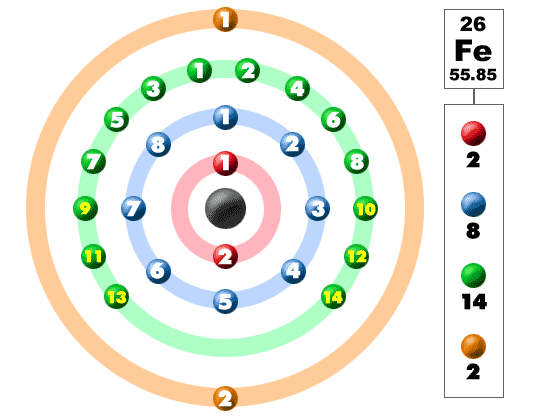Atomos: Smallest pieces
-matter was made of four different combinations: Earth, Air, Fire, Water
-turn common metal into gold
-marked the beginning of the understanding of matter
Four elements theory lasted for about 200 years
not a scientific theory because it could not be tested against observations
 Democritus
Democritus-300bc, atoms are invisible particles
-first mention of atoms
-not a textual theory, but conceptional
-no mention of atomic nucleus, or constituents
-not used to explain chemical reaction
 Lavoisier
Lavoisier-first version of the law of conservation of mass and law of definite proportions.
-recognized and named Oxygen gas(1778) and Hydrogen gas(1783)
 Proust
Proust-if a compound is broken down into its constituents, the products exist in the same ratio as in the compound.
-proved Lavoisier Laws
 Dalton
Dalton-Atoms are solid, in destructive spheres
-provides for different elements
-based of law of conservation of mass
5 main points
--Elements are made of atoms
all atoms of a given elements are identical
different from other elements; distinguished by relative weights.
atoms can be combined with others of different elements to form chemical compound
given compound has same relative numbers of types of atoms.
atom: indestructive. chemical reaction only changes the way atoms are grounded together.
J.J.Thomson
-raisin bun model
-solid,positive spheres with negative particles embedded them
-first atomic theory to have +(P+) and -(e-) charges
-demonstrated the existence of e-
-Crookes's tubes and other equipments, J.J.Thomson discovered e- and measured the ratio.
Ruther ford
-atoms have a positive dense censer with e- outside
-planetary model
-explain why e- spin around nucleus
-atoms are mootly empty space
Neils Bohr
-studied gaseous samples of atoms, glow by possing an electric current through.
-e-surrounded the nucleus in specific "energy levels" or "shells"
The Modern Art
-atom is the smallest particle
-made up 3 kinds of particles called subatomic particles
Proton(p+)
neutron(n0)
electron(e-)









